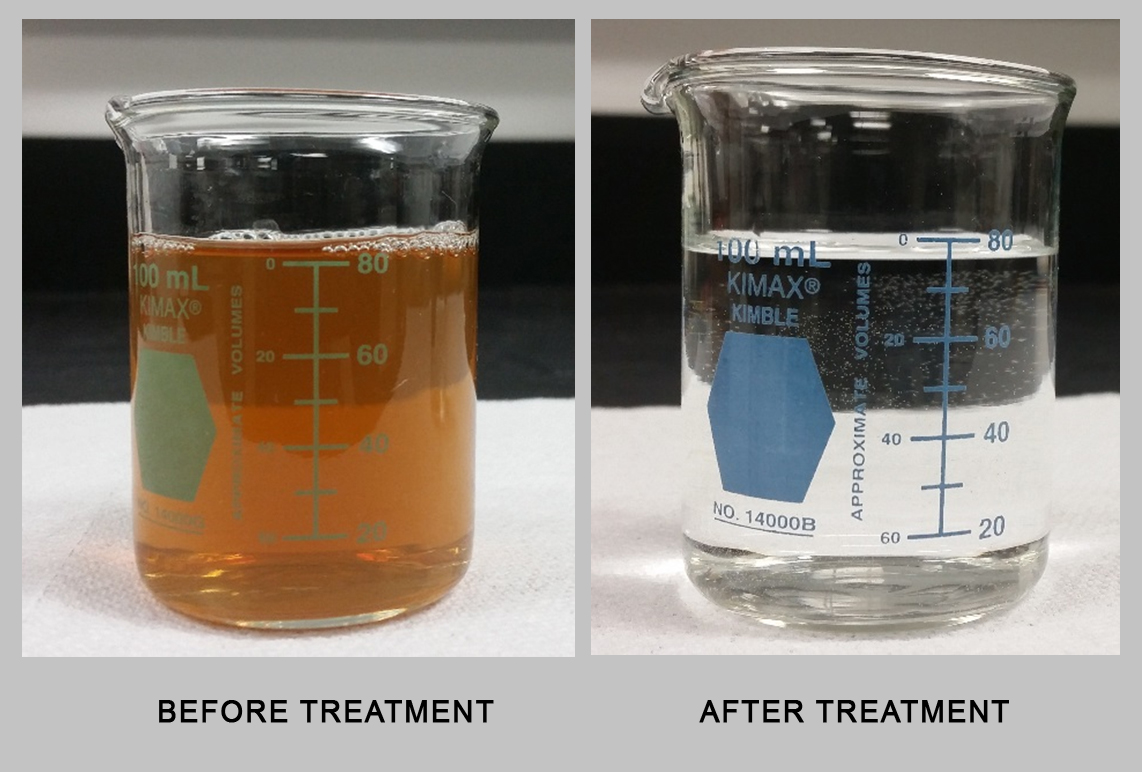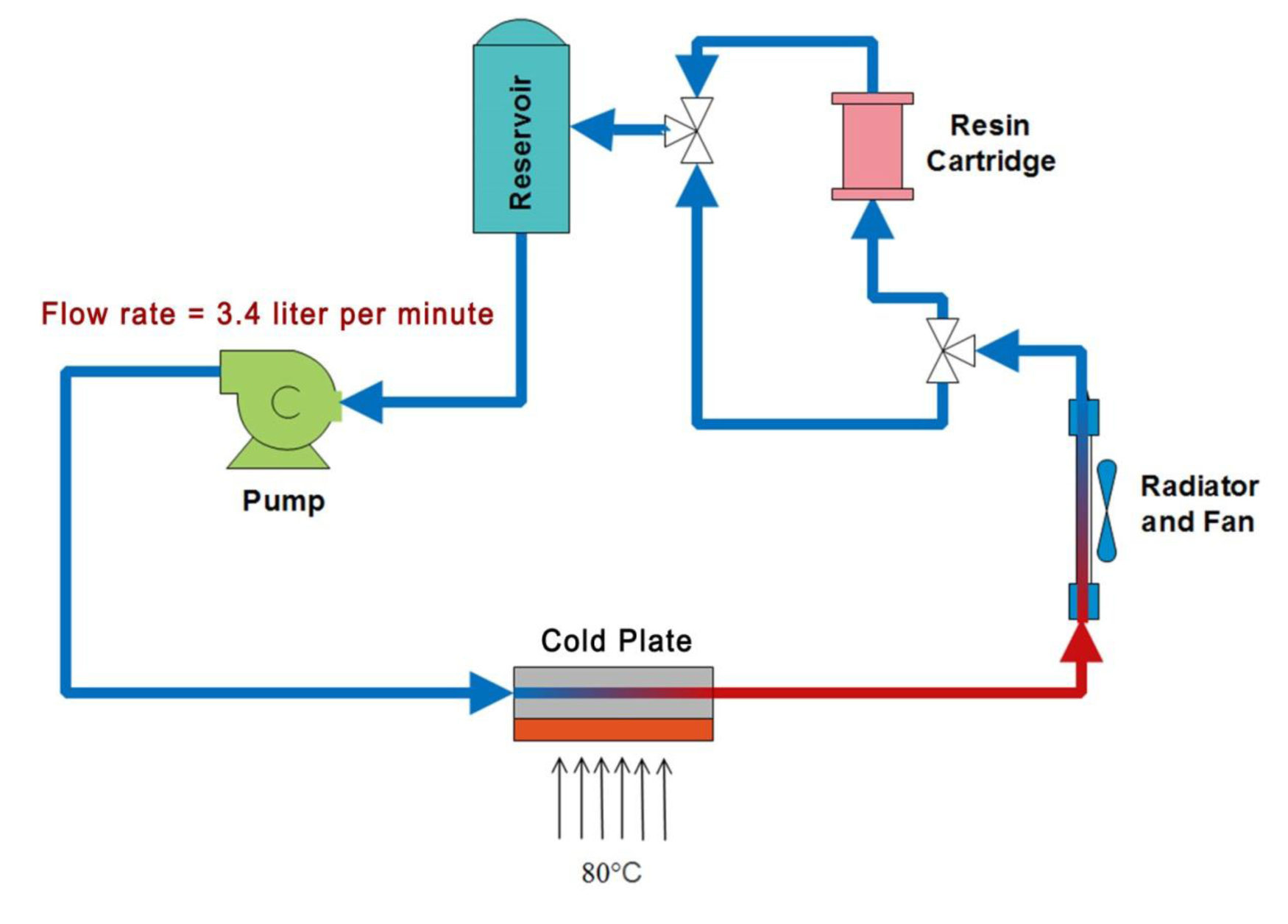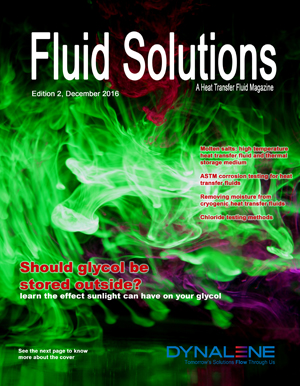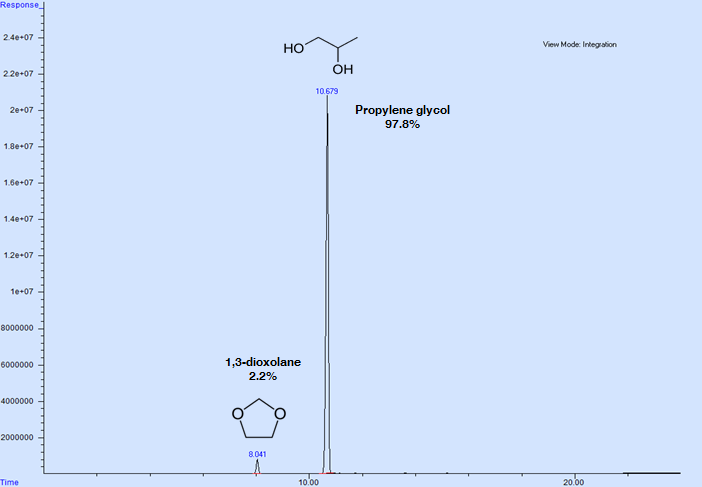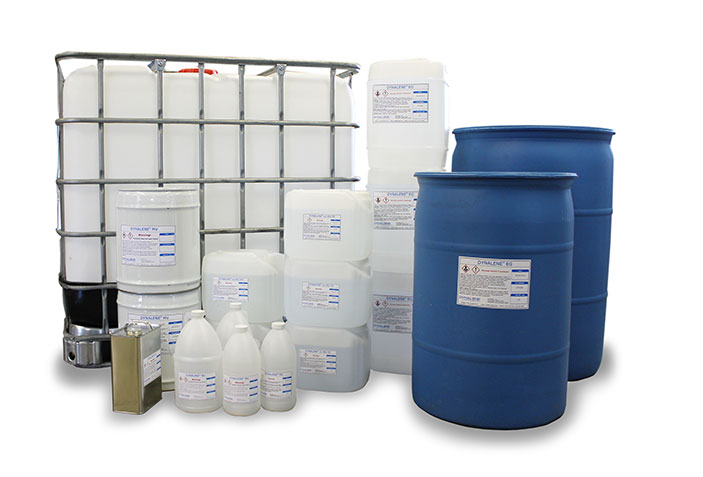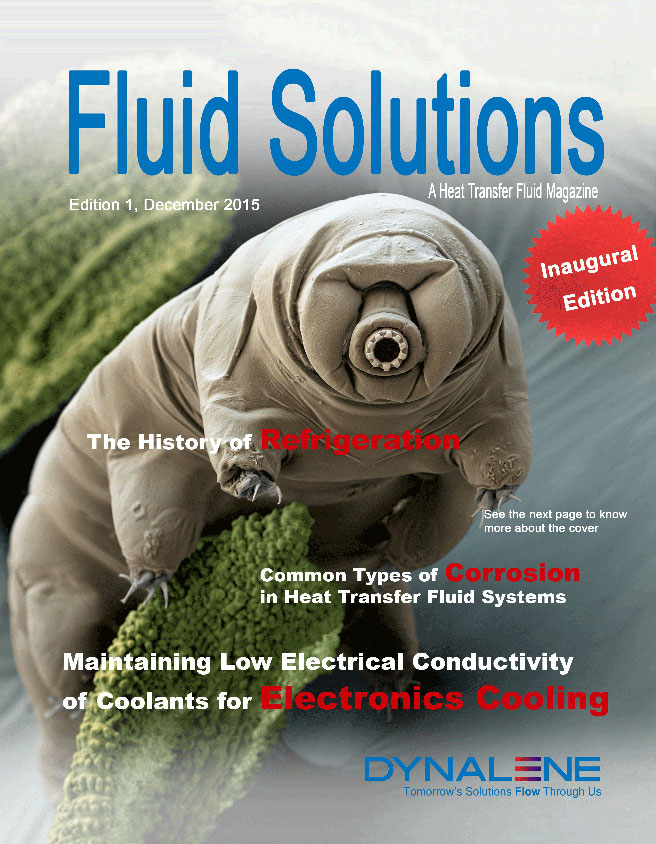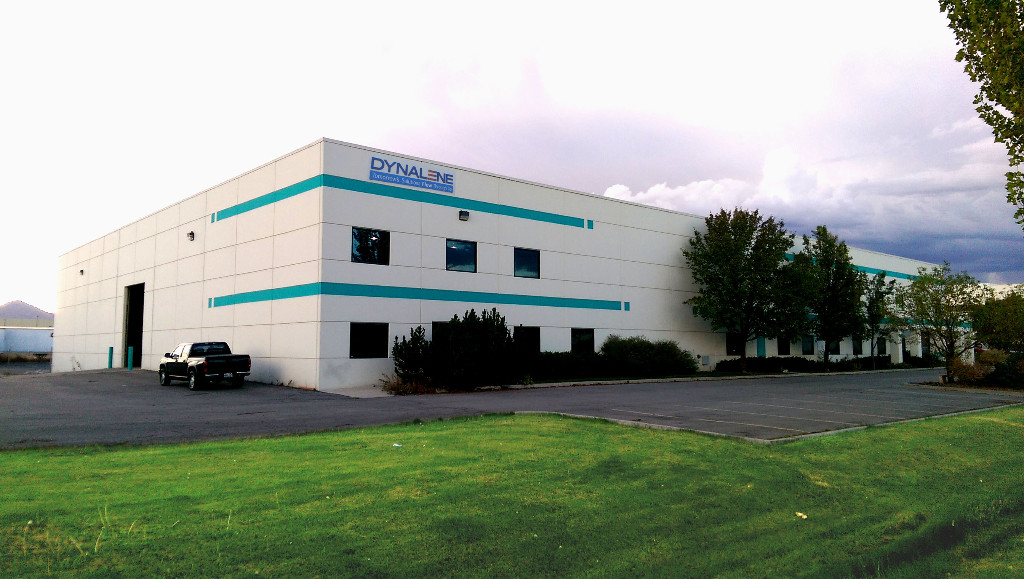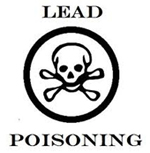
Lead Removal using Activated Carbon
Abstract Lead contamination is most commonly found in drinking water [1]. Activated carbon was used to reduce the concentration of lead in an aqueous solution to less than 7.8 µg/L. Introduction Lead contamination in drinking water is mostly found through corrosion of pipes connection homes to the water main. The maximum contamination limit (MCL) set

